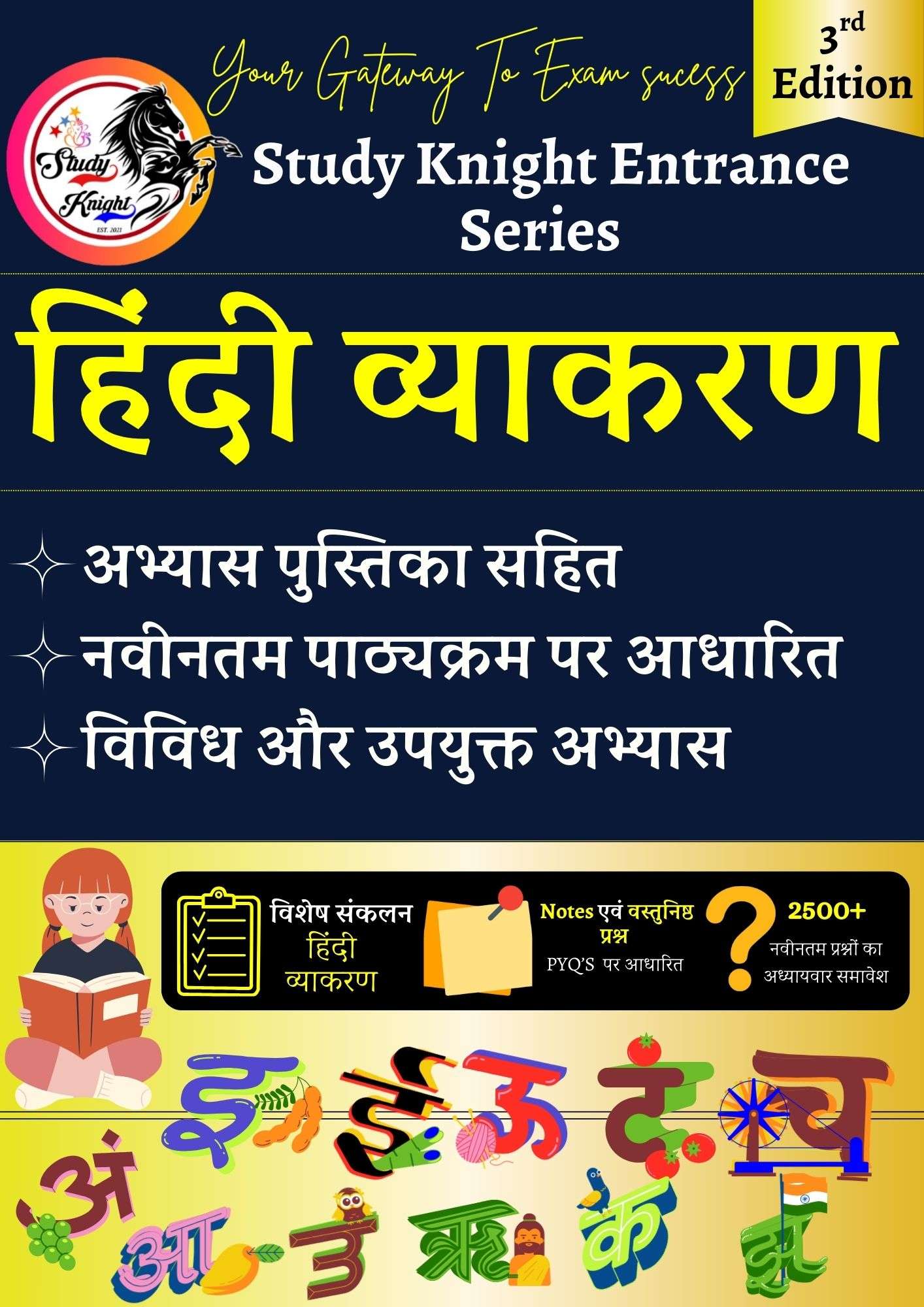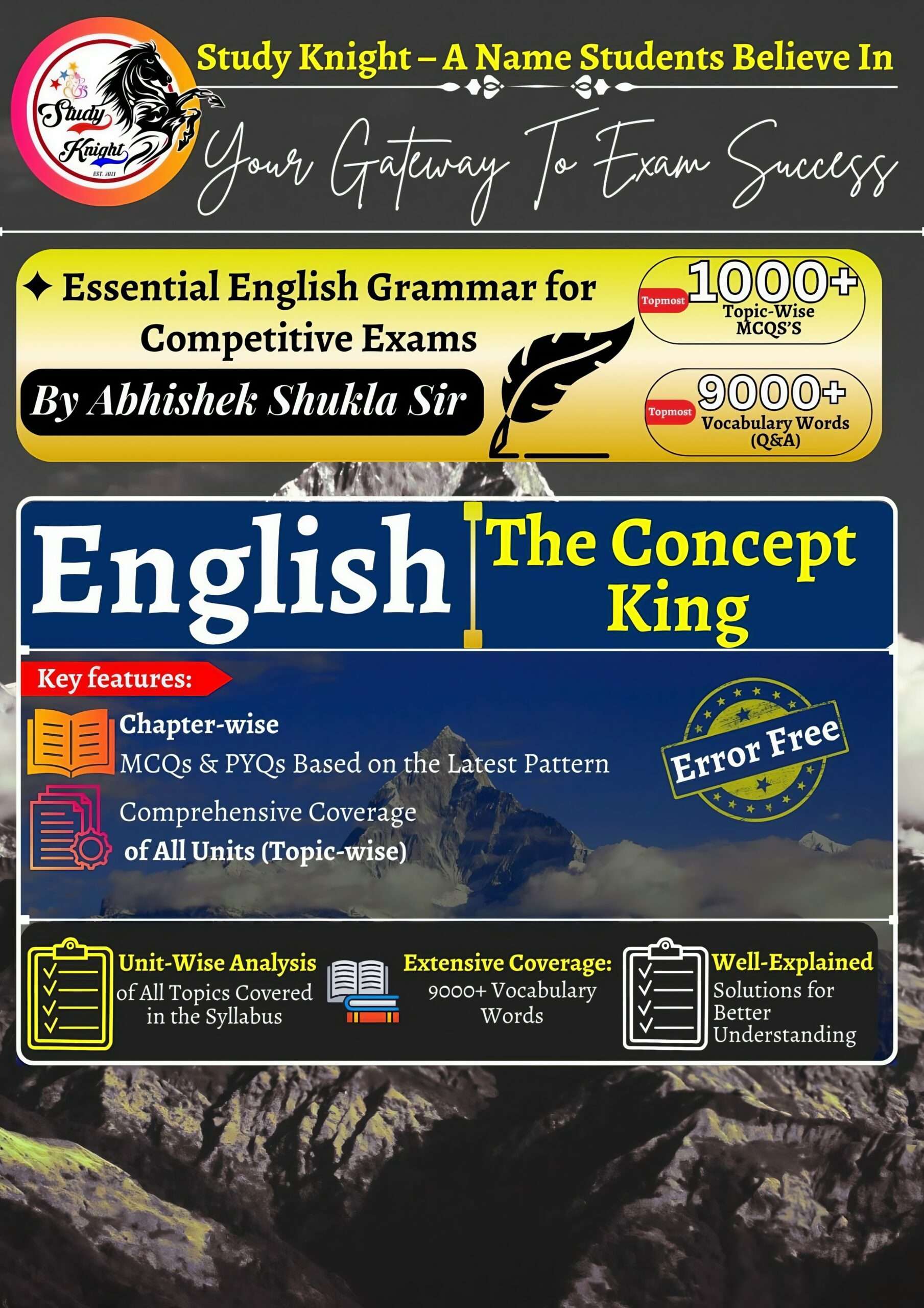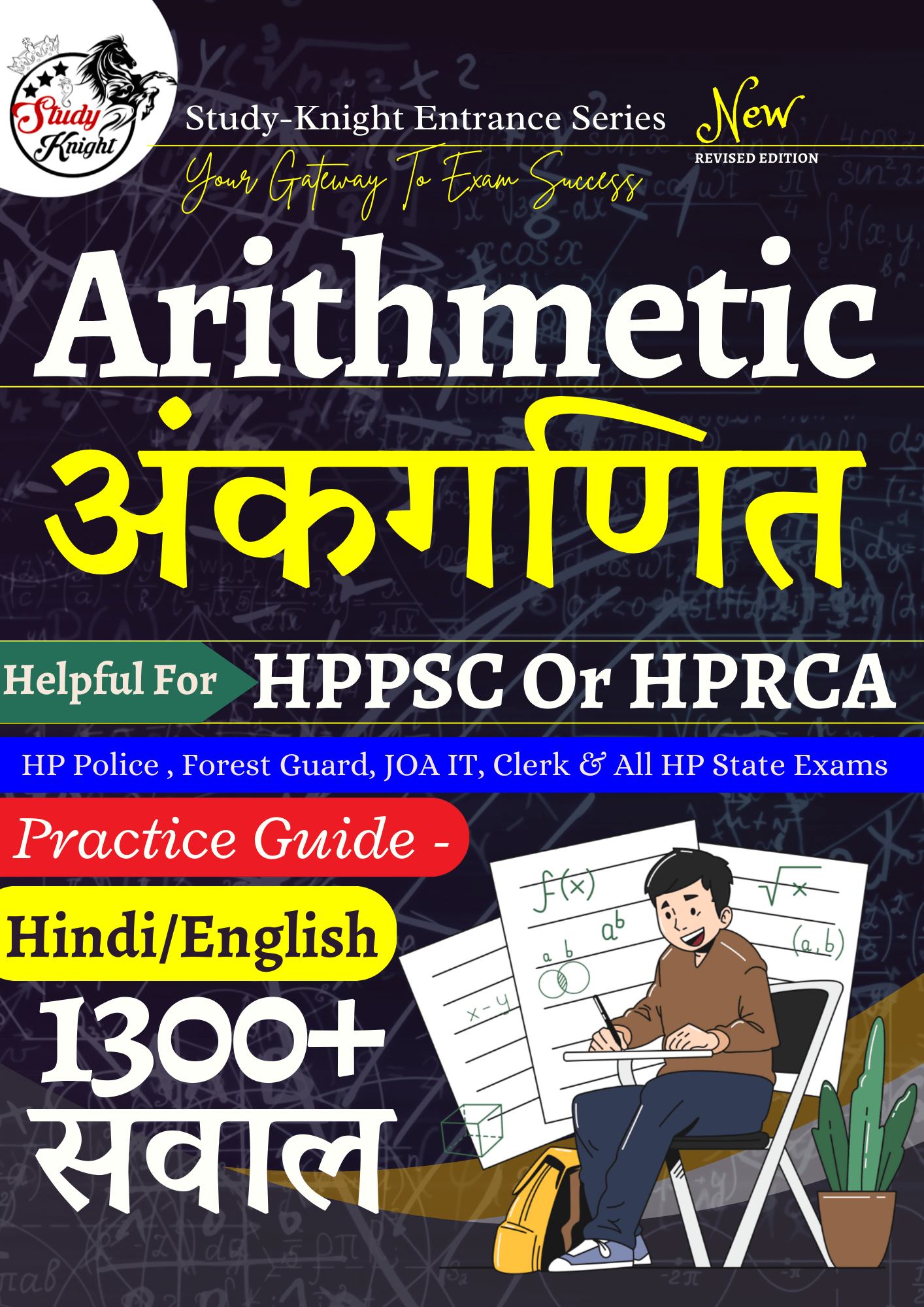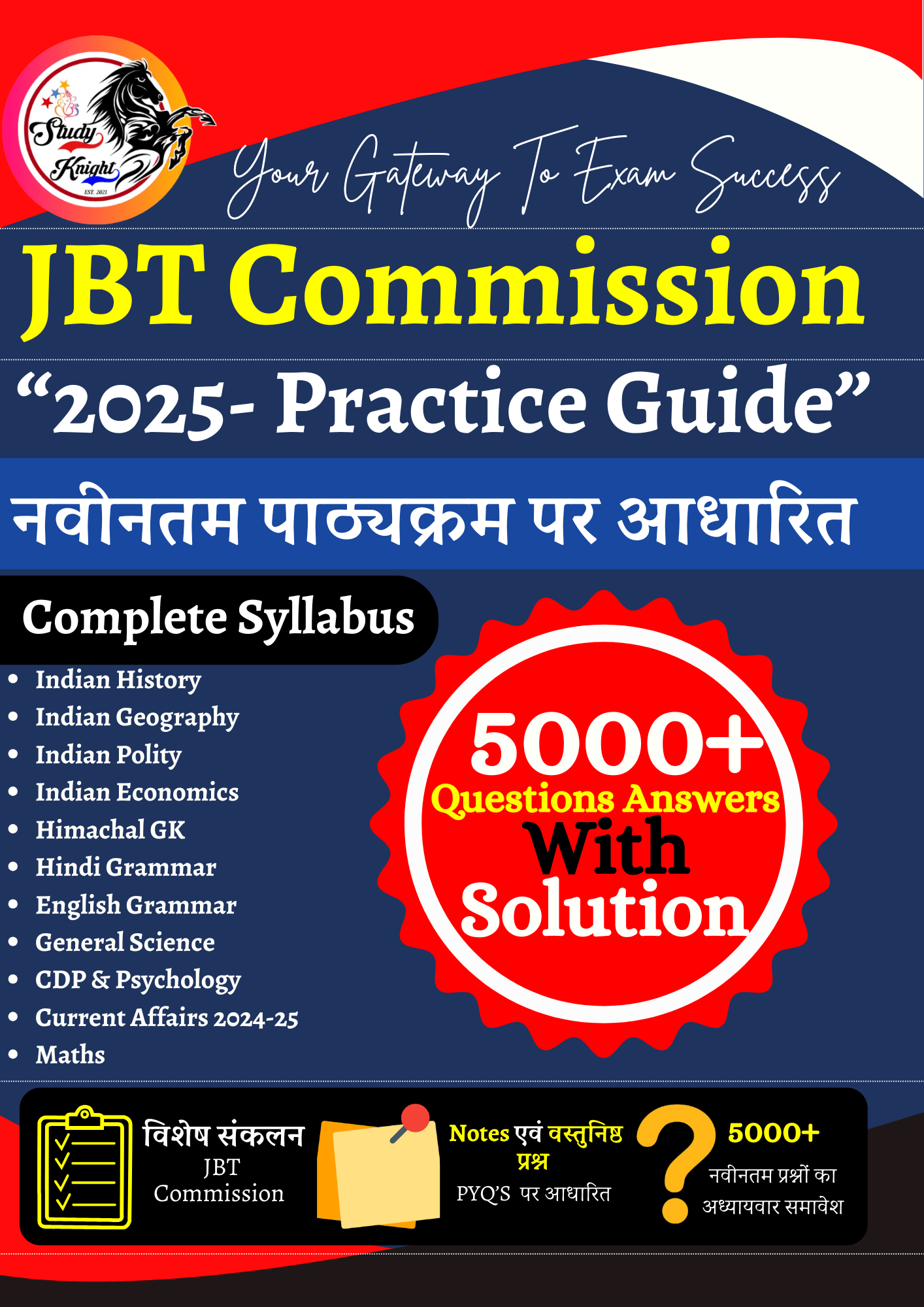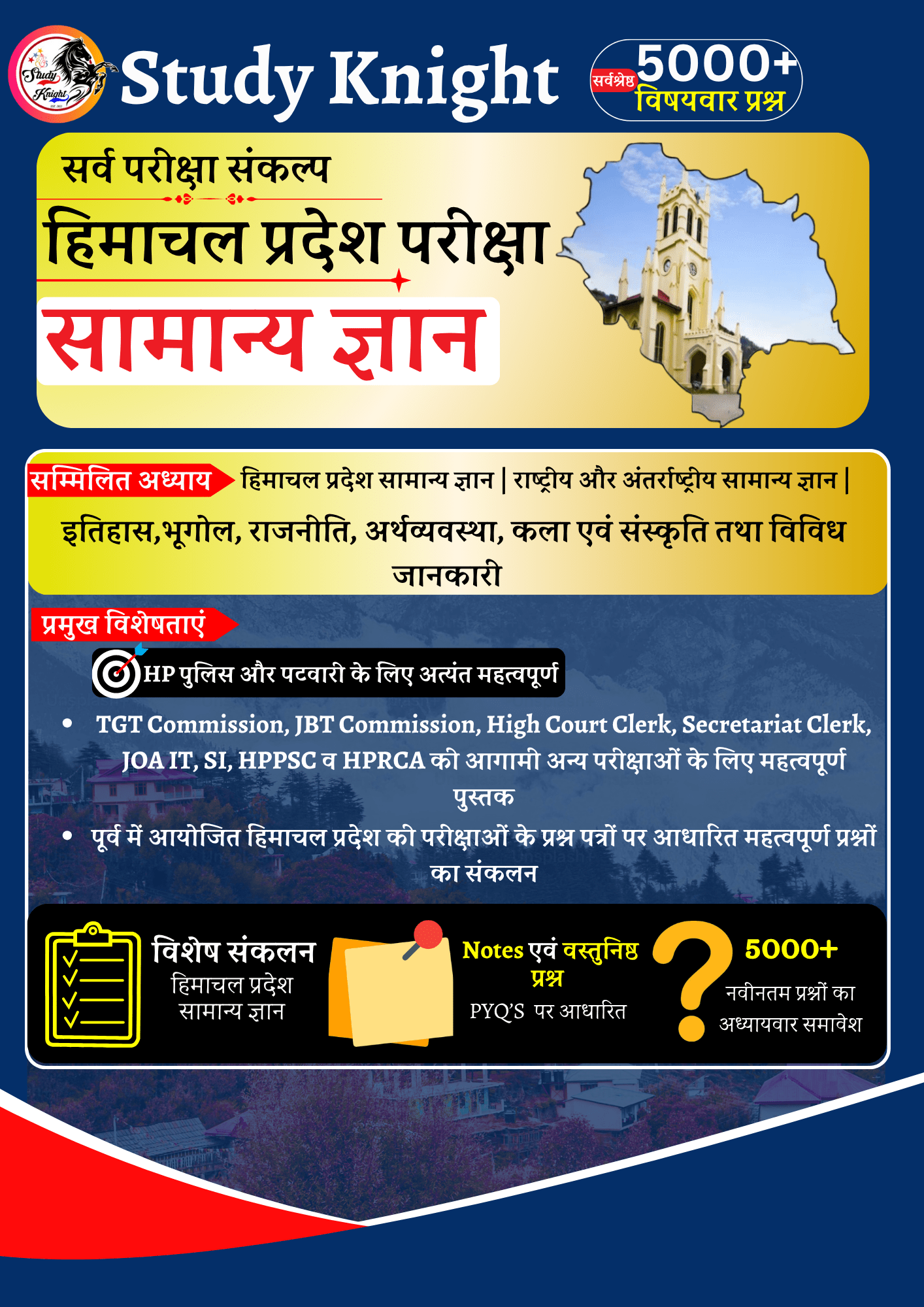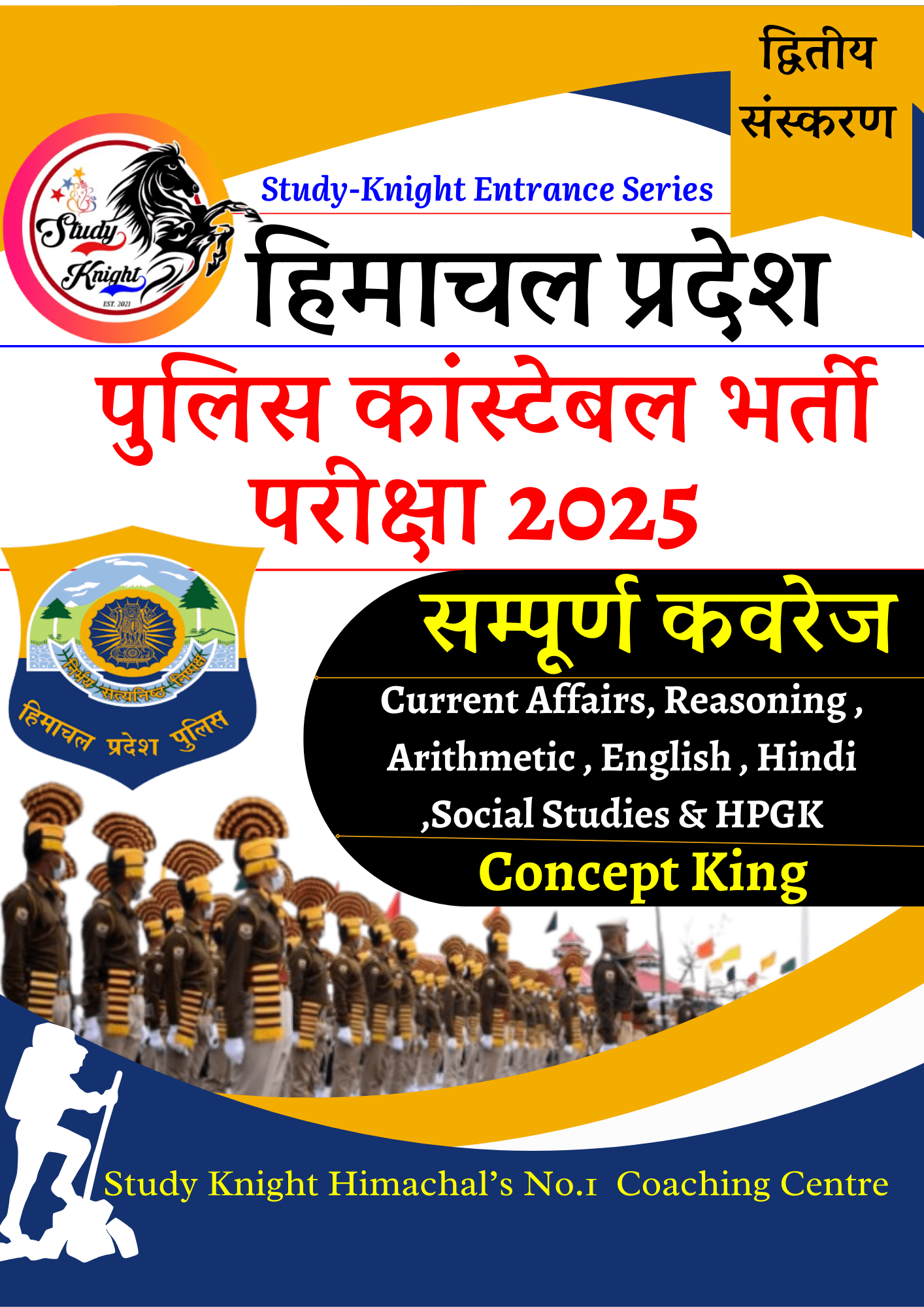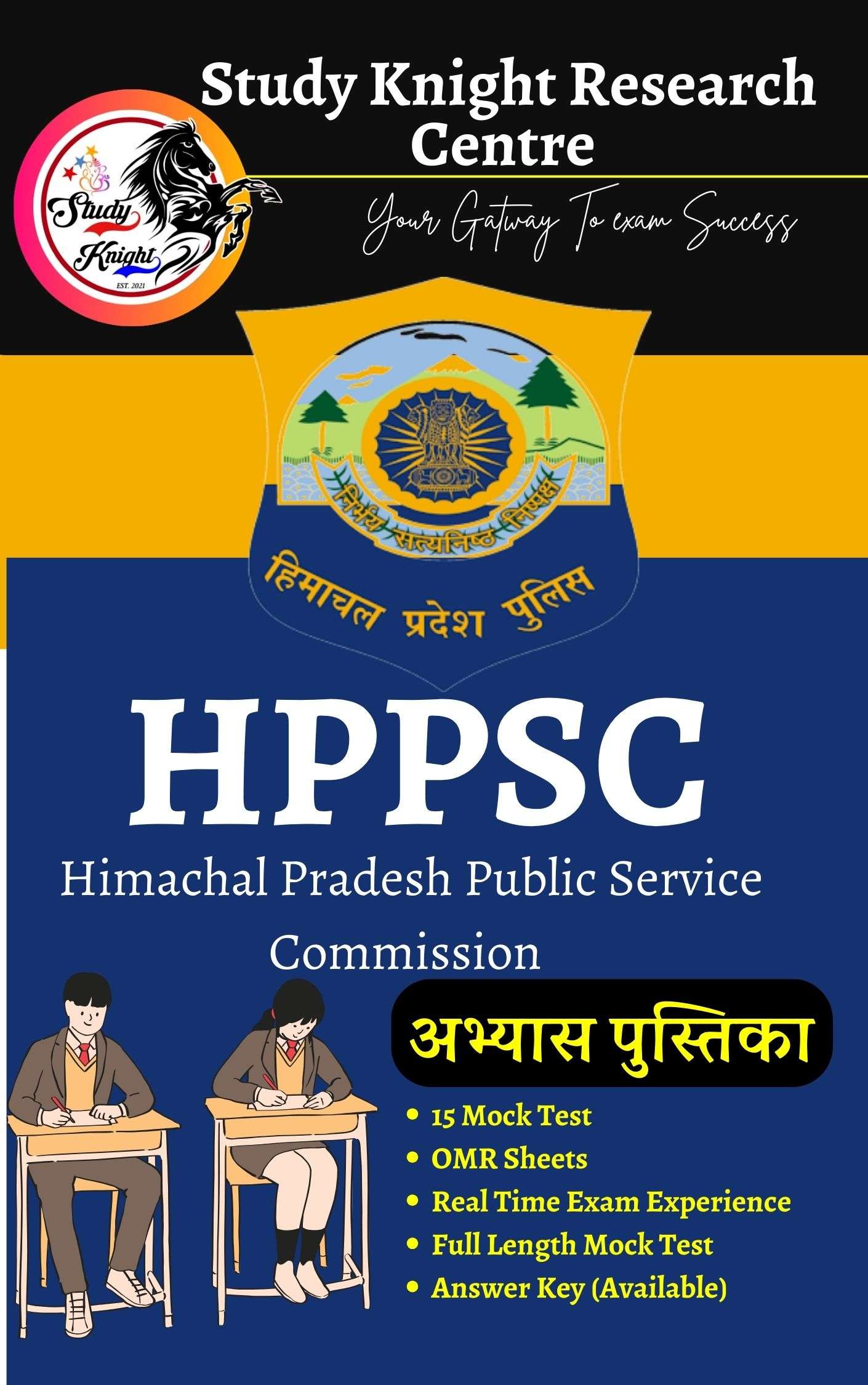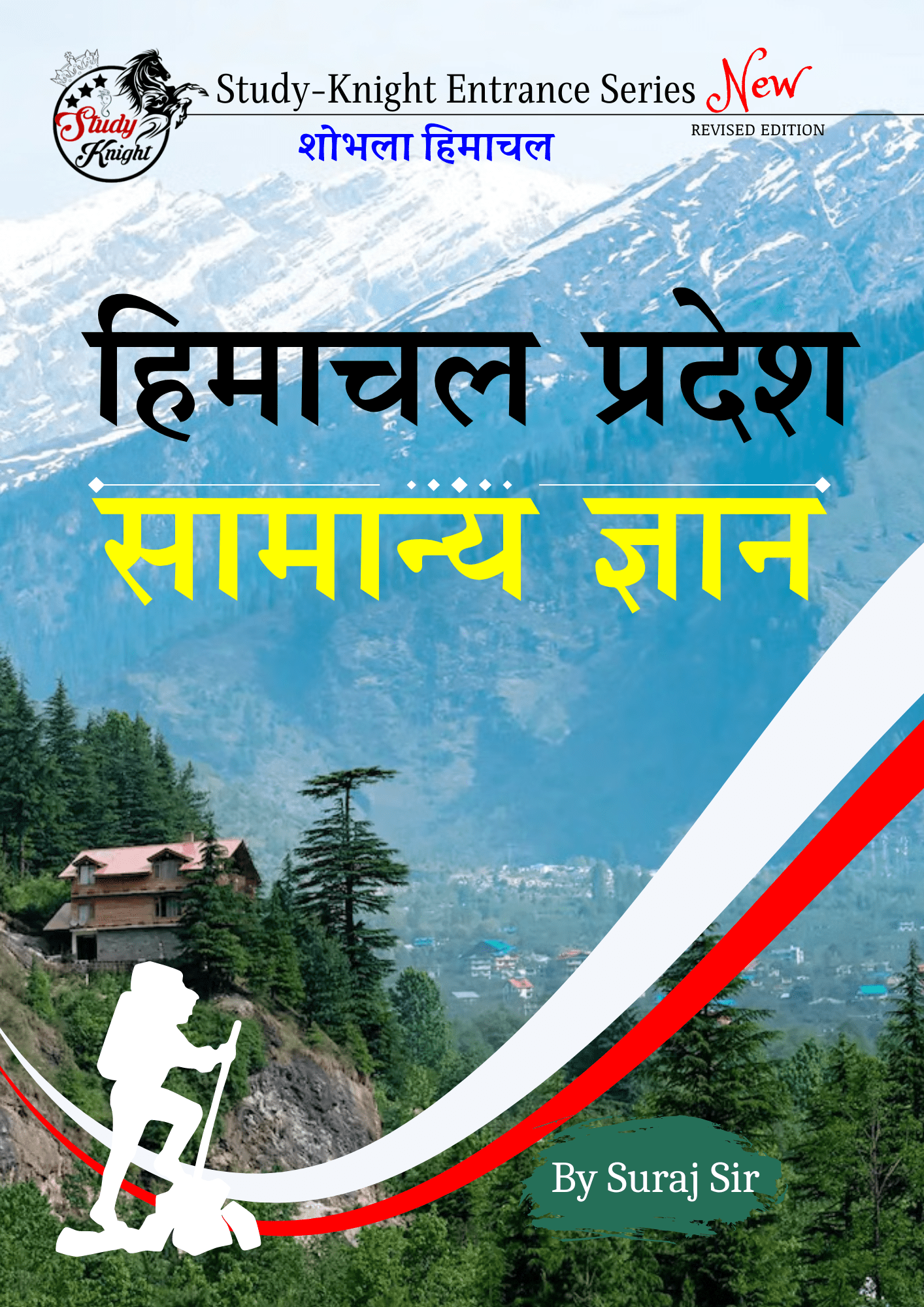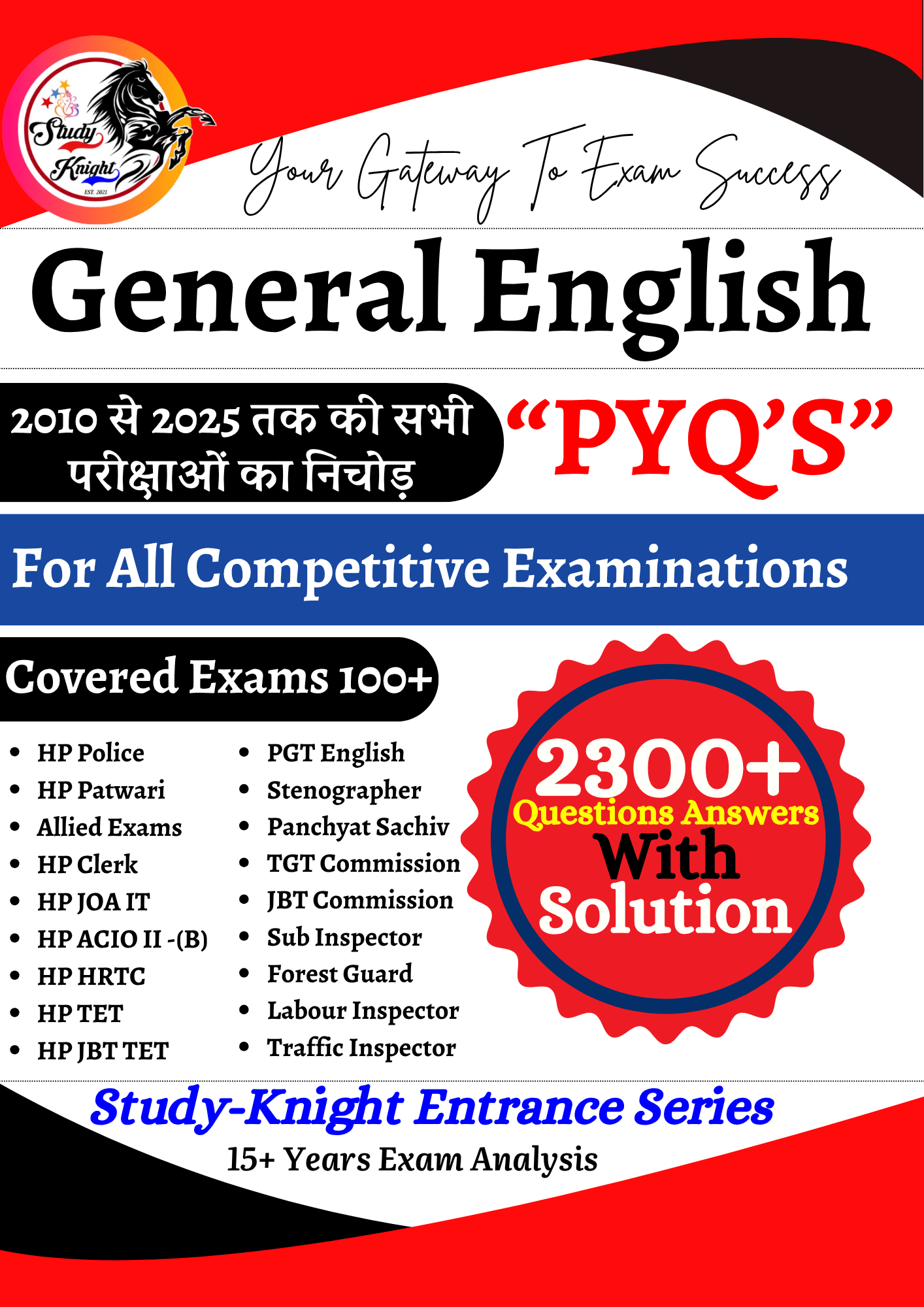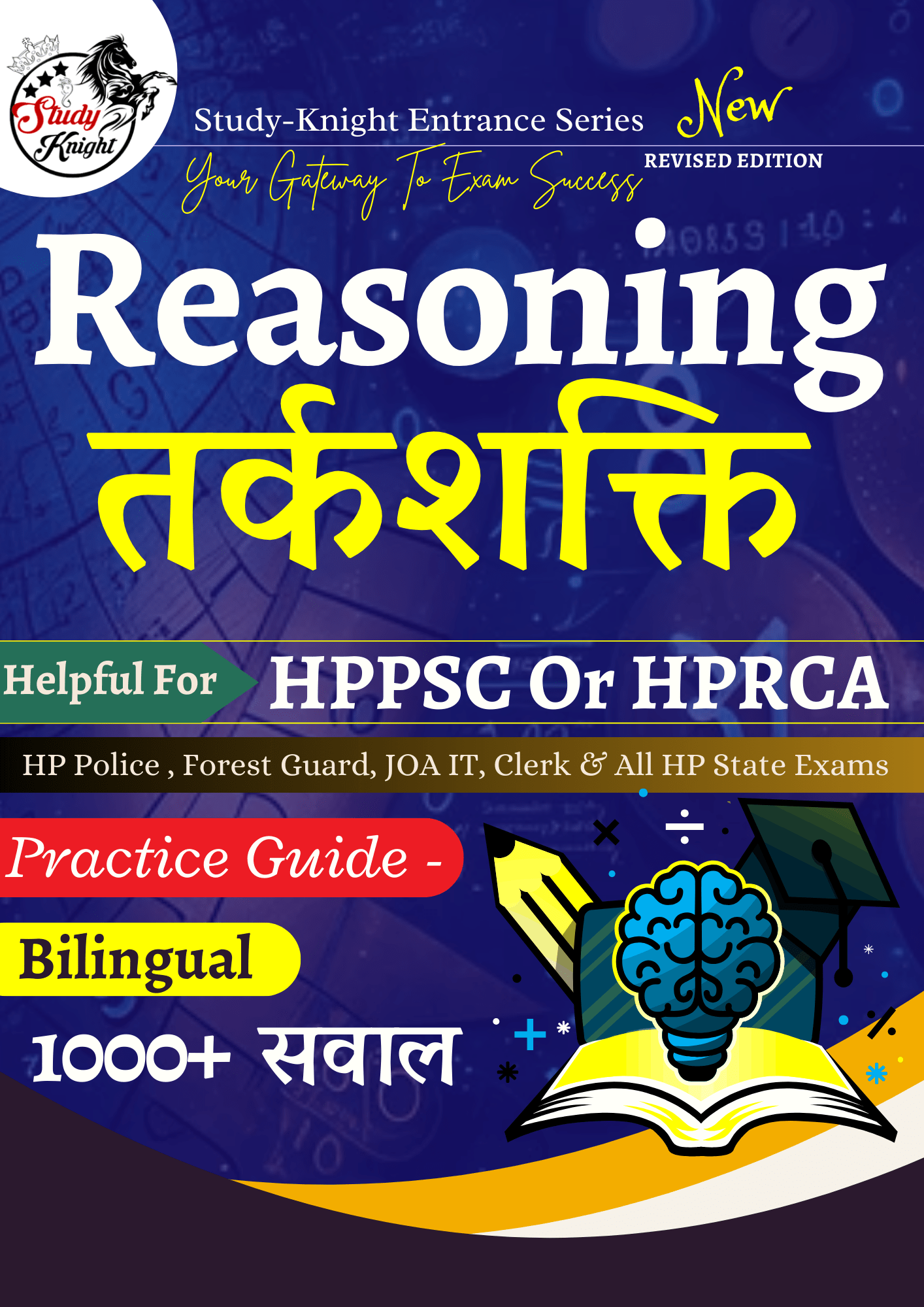Census of District Kullu 2011
Kullu district, situated in Himachal Pradesh, presents a variety of significant statistics and characteristics based on the 2011 Census:
Villages
- Kullu district has the lowest number of villages among the 12 districts in the state, totaling 326.
Population Rank
- The district ranks 9th in terms of population among Himachal Pradesh districts.
Sex Ratio
- Kullu district holds the 7th position in the state for sex ratio, with 942 females per 1,000 males, compared to the state average of 972 females per 1,000 males.
Working Force
- In terms of the working force, Kullu stands at 7th place with 269,084 workers, out of a total of 3,559,422 working persons in the state.
Decadal Population Growth
- The district ranks 4th for decadal population growth from 2001 to 2011, with a growth rate of 14.8%, surpassing the state’s average growth rate of 12.9%.
Population Density
- With a population density of 80 persons per square kilometer, Kullu stands at the 10th position among the districts in the state.
Literacy Rate
- The district ranks 9th in terms of literate population, with 307,672 literate individuals.
Agriculture
- The economy of Kullu primarily relies on agriculture. The district has 197,141 persons engaged in cultivation, placing it 4th in the state.
Tourist Destinations
- Kullu is renowned for its tourist attractions, including Kullu town, Manali, Nagar, and Manikaran. The district is also known as the “Land of Gods” or “Dev Bhumi,” with each village hosting its own deity. The famous Hadimba Devi Temple is located in Manali.
Festivals and Handicrafts
- The district is famous for the internationally celebrated Dussehra Festival. Kullu also boasts traditional handicrafts such as multicolored Kullu caps, shawls, pattoos, and patties (local tweed), which are popular souvenirs.
Infrastructure
- All inhabited villages in Kullu are equipped with electricity and potable drinking water. The district is well-connected by air via the Bhuntar airport.
Hydro-Electric Projects
- Kullu has seen the commissioning of several hydro-electric projects over the past decade.
Based on the provided information about Kullu district from the 2011 Census, here are 10 multiple-choice questions (MCQs) along with their answers:
Based on the provided data and growth trends, here’s a summary and projection of Kullu District’s population and related metrics up to 2024:
Also Read This: Geography of Kullu District
Kullu District Population and Growth
Population Overview (2011 – 2024)
- 2011: 437,903
- 2021 (Projected): 492,800
- 2022 (Projected): 498,100
- 2023 (Projected): 502,600
- 2024 (Projected): 506,500
Growth Analysis:
- 2001-2011: 14.76% increase
- 1991-2001: 26.17% increase
- 2011-2021 (Projected): 12.54% increase
- 2021-2024 (Projected): 2.79% increase
Literacy Rates
- 2011:
- Average Literacy Rate: 79.40%
- Male Literacy Rate: 87.39%
- Female Literacy Rate: 70.91%
- 2001:
- Average Literacy Rate: 72.90%
- Male Literacy Rate: 83.98%
- Female Literacy Rate: 60.88%
Sex Ratio
- 2011: 942 females per 1000 males
- 2001: 927 females per 1000 males
- National Average (2011): 940 females per 1000 males
Child Sex Ratio
- 2011: 962 girls per 1000 boys
- 2001: 960 girls per 1000 boys
Population by Religion (2011)
- Hindu: 94.92% (415,669)
- Muslims: 0.68% (2,974)
- Christian: 0.36% (1,568)
- Sikh: 0.32% (1,396)
- Buddhist: 3.51% (15,377)
- Jain: 0.02% (94)
- Others: 0.02% (83)
- Not Stated: 0.17% (742)
Urban vs. Rural Population (2011)
- Urban Population: 9.45% (41,391)
- Sex Ratio: 866
- Child Sex Ratio: 891
- Rural Population: 90.55% (396,512)
- Sex Ratio: 951
- Child Sex Ratio: 968
Density
- 2011: 80 people per sq. km
- 2001: 69 people per sq. km
Child Population (0-6 years)
- 2011: 50,431 (11.52% of total population)
- 2001: 52,820 (13.84% of total population)
Houseless Population (2011)
- Total Houseless: 116 (0.026% of total population)
Summary
From 2011 to 2024, Kullu District is expected to see moderate population growth, with a projected increase of around 68,597 people, bringing the total to approximately 506,500 by 2024. Literacy rates have improved, and the sex ratio has become more balanced. The rural population remains dominant, with a notable increase in literacy and a slight decrease in the proportion of children under 6.
Q.1
What was the population of Kullu District according to the 2011 Census?
A. 437,903
B. 381,571
C. 492,800
D. 506,500
Answer: A
Explanation: The population of Kullu District in the 2011 Census was 437,903.
Q.2
What was the percentage increase in Kullu’s population from 2001 to 2011?
A. 14.76%
B. 26.17%
C. 2.79%
D. 12.54%
Answer: A
Explanation: The population increase from 2001 to 2011 was 14.76%.
Q.3
What was the literacy rate of Kullu District in 2011?
A. 79.40%
B. 72.90%
C. 86.96%
D. 60.88%
Answer: A
Explanation: The average literacy rate of Kullu District in 2011 was 79.40%.
Q.4
What was the male literacy rate in Kullu District in 2001?
A. 87.39%
B. 83.98%
C. 91.18%
D. 60.88%
Answer: B
Explanation: The male literacy rate in 2001 was 83.98%.
Q.5
What was the sex ratio in Kullu District according to the 2011 Census?
A. 927 females per 1000 males
B. 942 females per 1000 males
C. 951 females per 1000 males
D. 940 females per 1000 males
Answer: B
Explanation: The sex ratio in 2011 was 942 females per 1000 males.
Q.6
What was the child sex ratio in Kullu District in 2001?
A. 962 girls per 1000 boys
B. 960 girls per 1000 boys
C. 891 girls per 1000 boys
D. 968 girls per 1000 boys
Answer: B
Explanation: The child sex ratio in 2001 was 960 girls per 1000 boys.
Q.7
What percentage of Kullu District’s population was Hindu in 2011?
A. 94.92%
B. 0.68%
C. 3.51%
D. 0.02%
Answer: A
Explanation: In 2011, 94.92% of the population was Hindu.
Q.8
How many people were living in urban areas of Kullu District as per the 2011 Census?
A. 41,391
B. 396,512
C. 50,431
D. 25,707
Answer: A
Explanation: The urban population in 2011 was 41,391.
Q.9
What was the average literacy rate in the rural areas of Kullu District in 2011?
A. 78.47%
B. 88.15%
C. 79.40%
D. 72.90%
Answer: A
Explanation: The average literacy rate in rural areas in 2011 was 78.47%.
Q.10
What was the total number of children under the age of 6 in Kullu District according to the 2011 Census?
A. 50,431
B. 52,820
C. 46,400
D. 4,031
Answer: A
Explanation: There were 50,431 children under the age of 6 in 2011.
Q.11
What was the population density of Kullu District in 2011?
A. 80 people per sq. km
B. 69 people per sq. km
C. 72 people per sq. km
D. 90 people per sq. km
Answer: A
Explanation: The population density in 2011 was 80 people per sq. km.
Q.12
What was the child population (0-6 age) percentage in rural areas of Kullu District in 2011?
A. 11.60%
B. 9.74%
C. 11.52%
D. 13.84%
Answer: A
Explanation: The child population percentage in rural areas in 2011 was 11.60%.
Q.13
How many families were houseless in Kullu District as per the 2011 Census?
A. 38
B. 116
C. 50,431
D. 41,391
Answer: A
Explanation: There were 38 families living without any roof in 2011.
Q.14
What was the total number of literates in the urban areas of Kullu District in 2011?
A. 32,931
B. 274,741
C. 50,431
D. 41,391
Answer: A
Explanation: The total number of literates in the urban areas was 32,931.
Q.15
In 2011, what was the proportion of Kullu District’s population living in rural areas?
A. 90.55%
B. 9.45%
C. 70%
D. 50%
Answer: A
Explanation: 90.55% of Kullu District’s population lived in rural areas in 2011.
Q.16
What was the female literacy rate in Kullu District in 2001?
A. 60.88%
B. 69.52%
C. 70.91%
D. 84.63%
Answer: A
Explanation: The female literacy rate in 2001 was 60.88%.
Q.17
What percentage of Kullu District’s population was Buddhist in 2011?
A. 3.51%
B. 0.68%
C. 0.36%
D. 0.32%
Answer: A
Explanation: In 2011, 3.51% of the population was Buddhist.
Q.18
What was the child sex ratio in urban areas of Kullu District in 2011?
A. 891 girls per 1000 boys
B. 968 girls per 1000 boys
C. 960 girls per 1000 boys
D. 962 girls per 1000 boys
Answer: A
Explanation: The child sex ratio in urban areas in 2011 was 891 girls per 1000 boys.
Q.19
How many people lived without a roof in Kullu District according to the 2011 Census?
A. 116
B. 50,431
C. 41,391
D. 25,707
Answer: A
Explanation: The total number of people living without a roof was 116.
Q.20
What was the child proportion (0-6 age) in Kullu District in 2011?
A. 11.52%
B. 13.84%
C. 9.61%
D. 11.70%
Answer: A
Explanation: The child proportion in 2011 was 11.52%.


